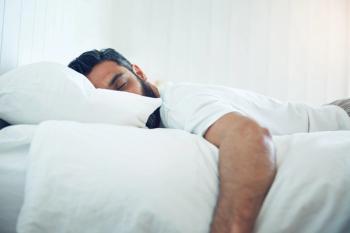
|Slideshows|June 1, 2020
14 Medical Conditions That Contribute to Insomnia
Finding and treating the underlying cause of sleep disturbance is critical to effective management. Here are a few medical conditions that may trigger key disrupting symptoms.
Advertisement
Newsletter
Receive trusted psychiatric news, expert analysis, and clinical insights — subscribe today to support your practice and your patients.
Advertisement
Advertisement
Advertisement




